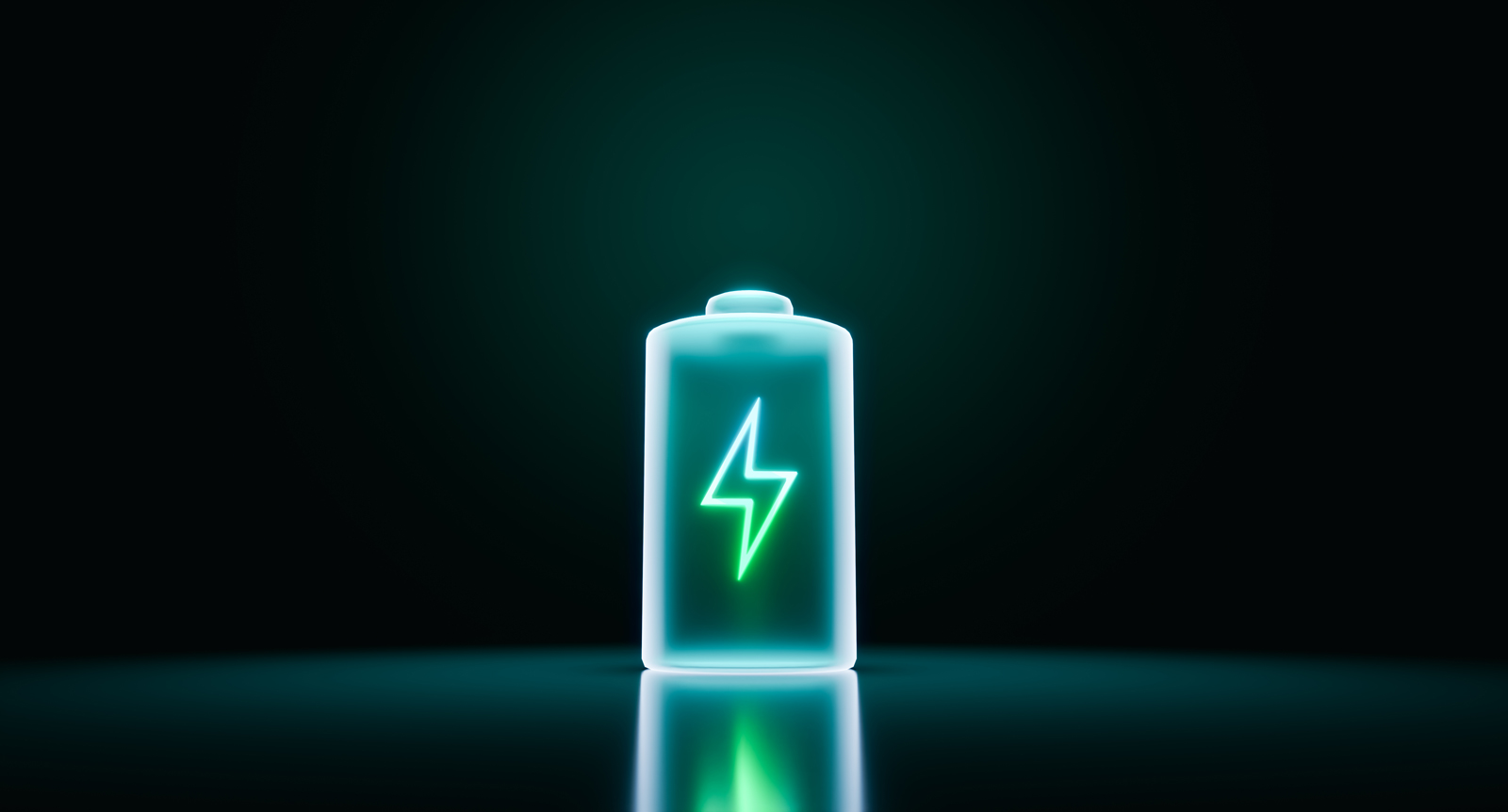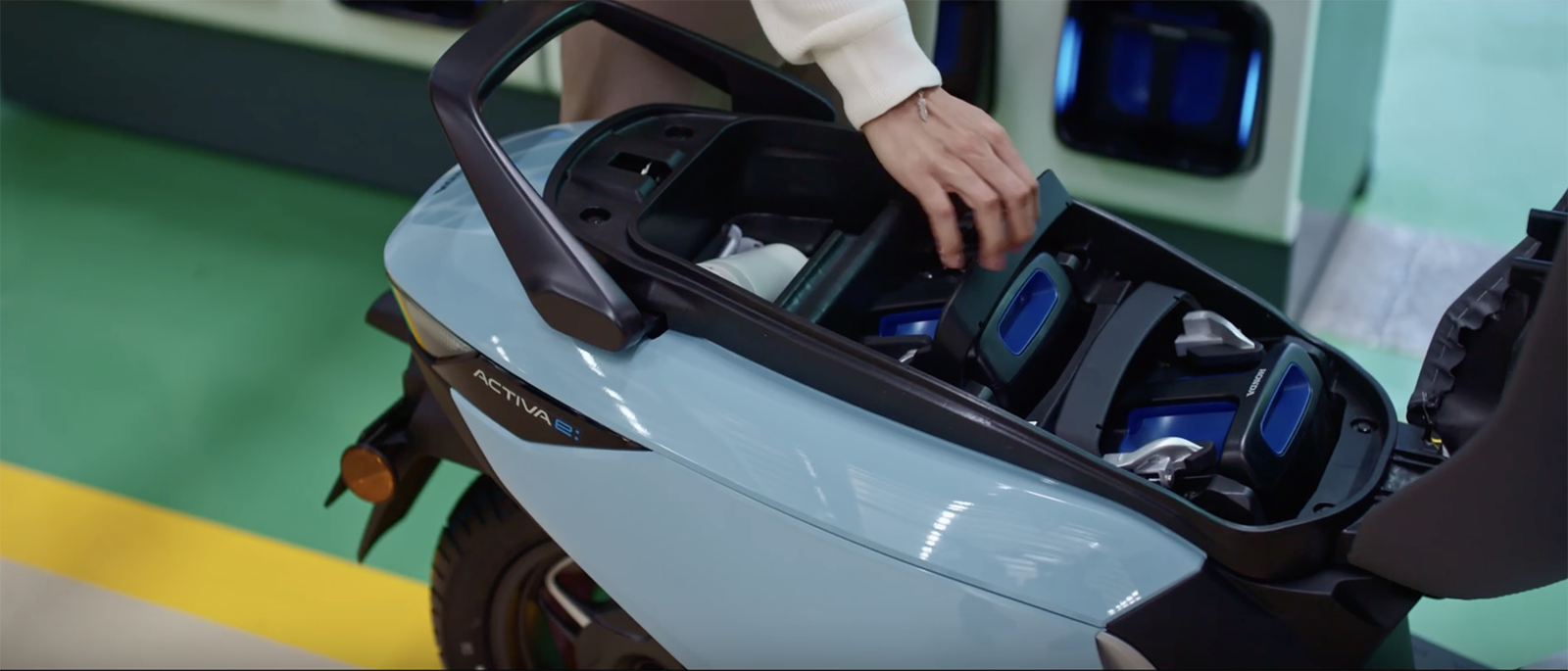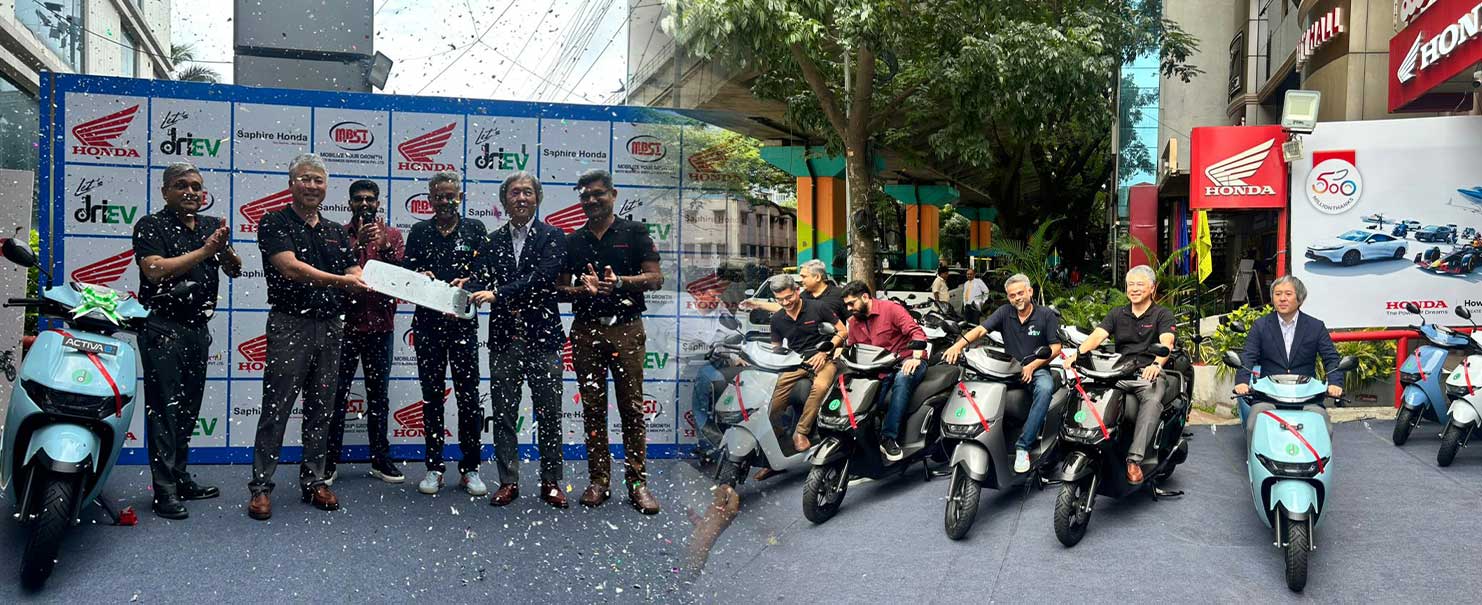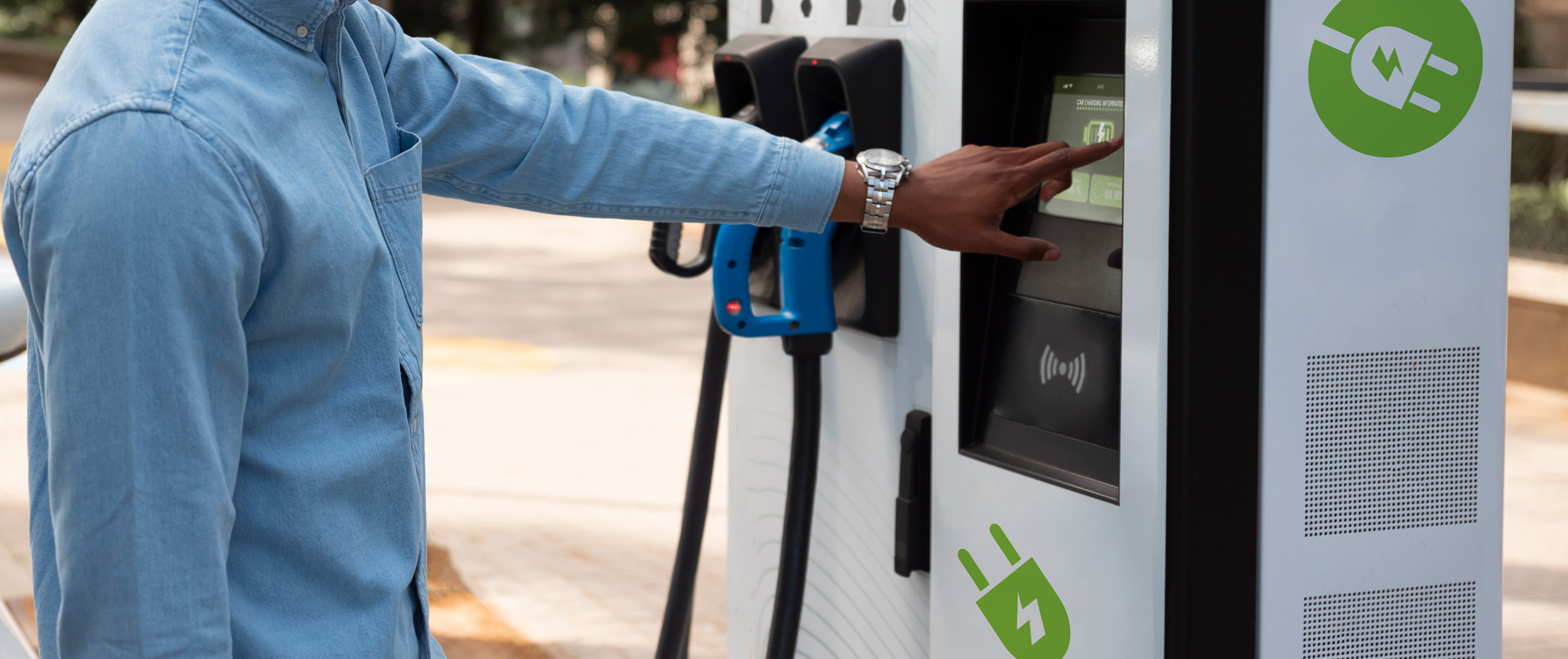
Electric motorcycle/scooter are paving the paths of our daily commutes, reshaping how we experience convenience, embrace sustainability, and live with freedom. The brilliance of these two-wheelers is in their batteries, which serve as compact powerhouses that power the motor and shape the entire riding experience. For anyone new to electric motorcycle/scooter, the world of e-bike batteries may appear to have a lot of unsolved questions and mysteries in terms of reliability and durability. Have no fear! This guide is your road map to knowing the heartbeat of your e-bike, giving you the knowledge you need to ride with confidence and make sound decisions.
Know the Various Types of Electric Motorcycle/Scooter Batteries
- Lithium-Ion (Li-ion) Batteries are the most prevalent type found in modern e-bikes, and they are noted for their durability and efficiency. These batteries are lightweight and have a high energy density, which allows for longer rides on a single charge. They also have a lengthy lifespan and reasonably fast charging rates, making them an ideal choice for daily use and at Let’s driEV, we use only Lithium-ion batteries for our fleet. However, for those who are buying an own EV, the higher initial cost may be a disadvantage for some but with Let’s driEV, we take the burden of this initial cost, making it easier for you to use the best battery available.
- Lithium-Iron Phosphate (LiFePO4) Batteries are gaining popularity due to their superior safety features and long life. They feature a consistent chemistry that avoids overheating and their extended cycle life means they will last for many years. Despite these benefits, LiFePO4 batteries are heavier and bulkier than their lithium-ion competitors, which can impair the overall weight and design of the motorcycle/scooter, impacting its performance.
- Sodium-Ion (Na-ion) Batteries are known for their cost-effectiveness and abundance. These batteries are slightly heavier than their lithium counterparts but offer a robust energy density that supports long rides. Sodium-ion batteries are environmentally friendly and have a competitive lifespan with steady charging rates, making them a solid choice for daily commuting. At Let’s driEV, we are committed to innovation and sustainability, which is why we are exploring the integration of Sodium-ion batteries into our fleet in the future.
- Lithium Manganese Iron Phosphate are gaining traction as a high-performance option for e-bikes. Known for their superior thermal stability and safety, LMFP batteries are designed to handle high temperatures and extensive use. These batteries offer a commendable energy density and longer lifespan, providing you with more miles per charge and an enduring power source. Additionally, LMFP batteries charge efficiently, making them perfect for everyday use. We are also exploring options to use these batteries on our fleet in the future after careful study on safety and performance.
Key Battery Specifications
Capacity (Ah)
Measured in ampere-hours (Ah), capacity indicates the amount of charge the battery can hold. A higher capacity means a longer range for your e-bike, allowing you to ride farther on a single charge.
Voltage (V)
Voltage, measured in volts (V), is the potential difference that drives electric current through the motor. Common voltages for e-bike batteries are 24V, 36V, and 48V, with higher voltages generally translating to better performance and power.
Energy (Wh)
Energy, measured in watt-hours (Wh), is the product of capacity and voltage (Ah x V). It indicates the total energy stored in the battery, meaning more watt-hours allow for longer rides without needing to recharge.
Charge Cycles
Charge cycles refer to the number of complete charge-discharge cycles a battery can undergo before its capacity significantly diminishes. A higher cycle life means a longer-lasting battery, ensuring your e-bike remains reliable over time.
Maintenance and Care for Electric Batteries
Charging Tips
To maintain your e-bike battery in good shape, follow these charging suggestions. First, to avoid overcharging, disconnect the charger after the battery is fully charged. Overcharging can harm the battery and shorten its life. Always use the manufacturer’s charger to guarantee compatibility and safety. Using the incorrect charger might degrade your battery while also posing safety issues.
Storage Tips
When it comes to keeping your e-bike battery, the atmosphere is crucial. Extreme temperatures can affect its performance and longevity, so store it somewhere cool and dry. If you don’t plan on using your e-bike for an extended length of time, keep the battery charged to around 50%. This half charge helps to preserve the battery’s health, making your move easy whenever you need a ride.
Usage Tips
Avoid severe discharges to make your e-bike battery last longer. Avoid letting the battery run empty too frequently since this might reduce its life. Instead, charge it regularly, even if it is not completely exhausted. Regular use is also helpful; keeping the battery charged helps to preserve its health, allowing you to get the most out of each ride.
How to Enhance Battery Performance
Pedal Assist
Pedal assist modes are an excellent way to get the most out of your e-cycle battery. These settings can drastically minimise battery drain and increase range, allowing you to travel longer with each ride. Furthermore, the pedal assist makes it simpler to handle hills and long distances without tiring out. It’s like having a little additional kick anytime you need it, making your journeys easier and more pleasurable.
Smooth Riding
Another strategy for preserving battery charge is to ride smoothly. Avoid quick acceleration and high speeds, since they use more power and drain your battery faster. Instead, strive to keep a consistent speed and gradually increase. This not only helps your battery last longer, but it also provides for a more comfortable and enjoyable ride. Smooth riding is essential for increasing your e-bike’s efficiency and ensuring you have adequate juice for the route ahead.
Proper Tyre Inflation
Do not underestimate the necessity of adequate tyre inflation. Keeping your tyres correctly inflated minimises rolling resistance, allowing your e-bike to travel more easily. This, in turn, helps to extend battery life and improves your overall riding experience. Check your tyre pressure on a regular basis and make any necessary adjustments. Properly inflated tyres not only increase battery life, but also give a smoother and safer ride. So, before you hit the road, spend a few minutes making sure your tyres are in good condition.
Whether you’re commuting to work, discovering new trails, or simply taking a leisurely ride, a well-maintained battery keeps your e-bike a dependable and effective form of transportation and if you are looking for a burden-free ride without burning your pockets, you can always book Let’s driEV and pick from the range of variants we have to suit your needs!
Stay tuned for more EV battery facts in our upcoming blogs!







